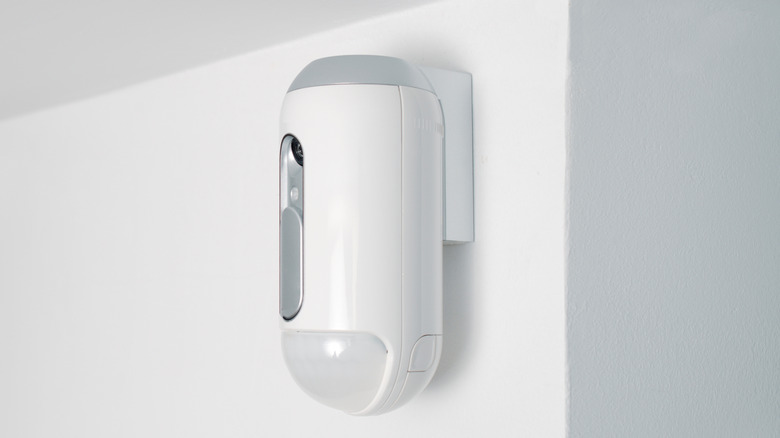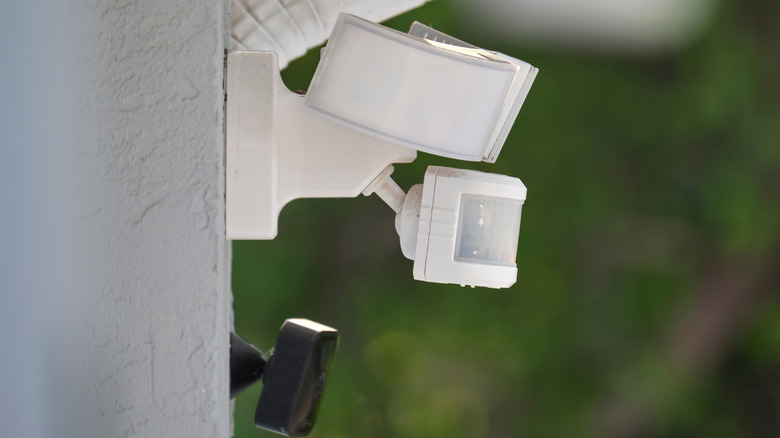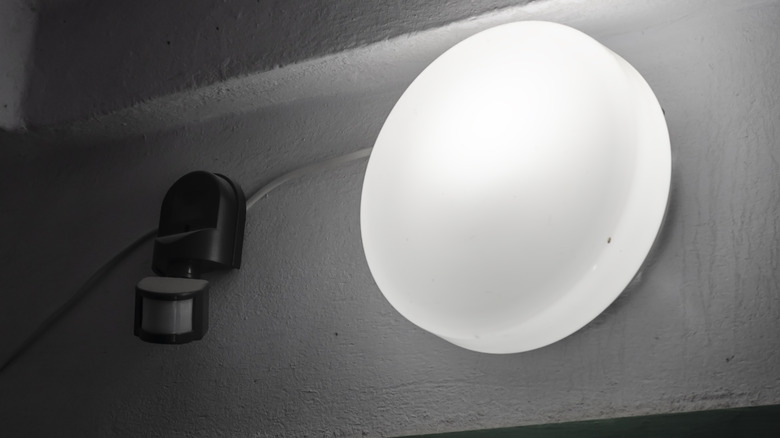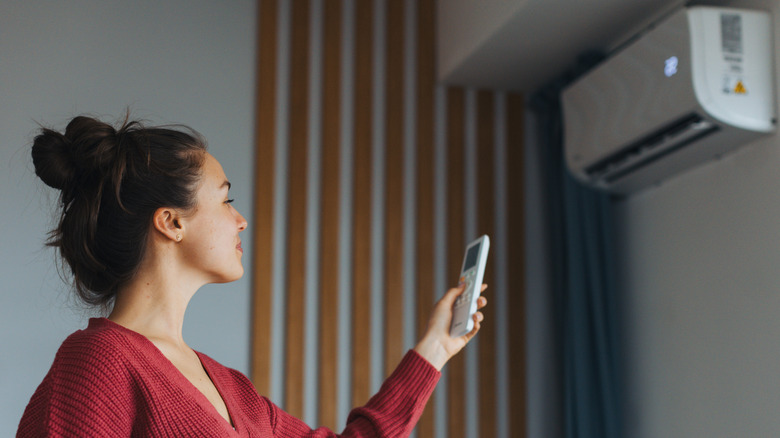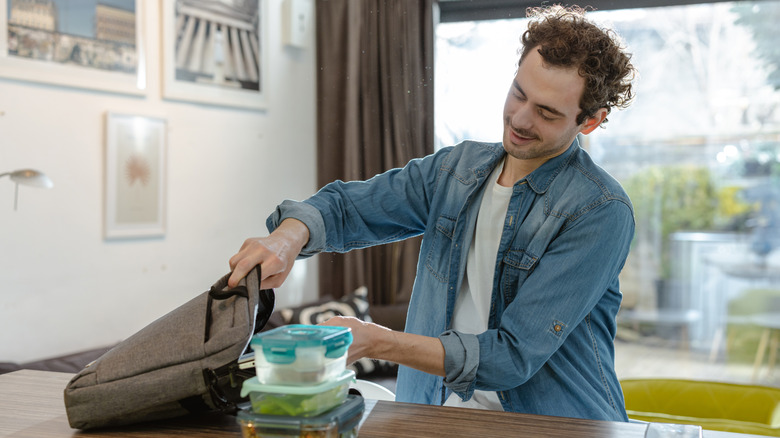4 Clever Ways To Use Motion Detectors Around Your House
Taking care of your family and home can feel like a full-time job. The constant need to keep your house clean, comfortable, safe, and secure can be physically exhausting and even lead to mental fatigue. Luckily, with recent developments in technology, you've now got smart home gadgets that are easy to set up. Plus, they're game changers when it comes to making your home safe, comfortable, and convenient. With that said, one of the must-have smart gadgets that can instantly upgrade your home is a motion sensor.
When you first hear of a motion detector, you'll probably think of home security. Well, while that's one of its best uses, it'll interest you to know that motion sensors also have other functions. In fact, they are multi-purpose, and with a bit of creativity, you can easily set them up to handle several of your home's problems. These include issues like adjusting temperatures by integrating them with smart thermostats or even lighting up dark rooms by illuminating the pathways. That said, ahead, we've compiled a list of unexpected ways you can use motion sensors inside and around your home.
Using motion sensors to improve home security
Sure, home burglaries have been on a consistent downward trend for years now. Yet one of the most challenging issues that homeowners experience is keeping their homes safe and secure. However, while reinforcing your garage doors and installing even the best Wi-Fi security cameras can help safeguard your home, that's not enough. A significant yet overlooked tip for improving your home security lies in installing motion detectors. As the name implies, motion detectors are designed to sense movement. This makes them one of the most effective yet simplest ways to know when someone is somewhere they shouldn't be.
Motion sensor security lights, for instance, usually shed light on your driveway when someone shows up unexpectedly. Not only will this make your home unappealing to burglars, but it will also make it safer for your guests to navigate your home at night. Some sensors can even double as alarms, too. All you have to do is pair the motion sensors with cameras and security lights, and they'll alert you if there's movement outside. You can even integrate the sensors with your smart home system, and you'll get real-time notifications straight to your phone, especially when you're on vacation.
Using motion sensors to cut energy costs
Suppose you've noticed a significant increase in utility bills. In that case, you'll need to do one of two things to reduce the cost: invest in energy-efficient appliances, which promise reduced energy consumption and/or find other ways of reducing your energy expenditure. Luckily, there are many things you can do to reduce your energy expenditure, and the best part is that you don't have to make dramatic changes. All you need is a motion sensor (one of the best energy-saving devices that could help lower your utility bill).
According to the U.S. Department of Energy, lighting accounts for roughly 15% of electricity usage on average. Luckily, if you integrate your lighting with motion sensors, you can quietly save money without you even noticing. Think about it like this: it's always easy for people to leave light burning in spaces like hallways and basements. But when you install lights with motion sensors, the lights will only turn on when you need to use the room. Well, it's a win-win: a smarter home and lower utility bills.
Using motion sensors to reduce strain on your HVAC system
The key role of your HVAC system is to ensure that your home is always comfortable. So, you'll want to make sure that it runs smoothly for as long as possible. Well, in an effort to extend its life, simple tips like replacing the air filters, cleaning the vents, and investing in a smart thermostat will make a huge difference. But in addition to that, you'll also want to pair your HVAC system with motion detectors. After all, there are numerous ways in which you can use motion sensors to reduce strain on your HVAC system.
For instance, when the sensors notice that there's no movement in a room, they will signal the HVAC system to ease off, giving it a break. When you walk back in, they'll then signal your system to turn on, ensuring comfort without waste. Additionally, if you've left your windows open, the sensors will prevent your HVAC system from heating and cooling your home, and automatically turn it on when you close the windows. Therefore, instead of running continuously, your HVAV system will experience periods of rest, which, in turn, will extend its lifespan. As an added benefit, it will help you save on energy and repair costs.
Using motion detectors as task reminders
Motion detectors aren't just great energy-saving devices — they can also double as smart home devices to help make your life easier. Well, we always lead a busy life, and it's easy for one to forget to take their morning vitamins or grab their lunch before heading for work. Luckily, you can use a motion sensor to serve as a personal assistant that constantly reminds you to handle some tasks.
Because most motion sensors can be integrated with a smart speaker, you can come up with customized commands that trigger when the sensors detect movement. For instance, you can use the sensors to initiate a quick "don't forget to feed your dog!" voice message that will remind you to take care of your dog before you go to work. You can even configure it to remind you to water your plants or even handle other tasks that are easy to forget. Think of it like a small smart upgrade that adds a lot of convenience to your daily routine.
